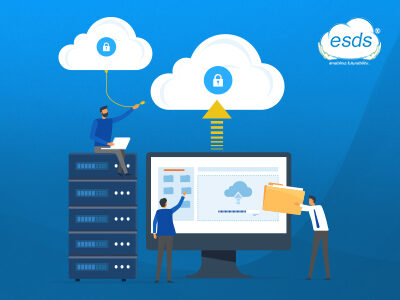15 Latest trends in data center security 2023: Staying secure in the cloud
Are you aware the average cost of a data breach in the cloud is $1.25 million? Isn’t that a considerable amount?
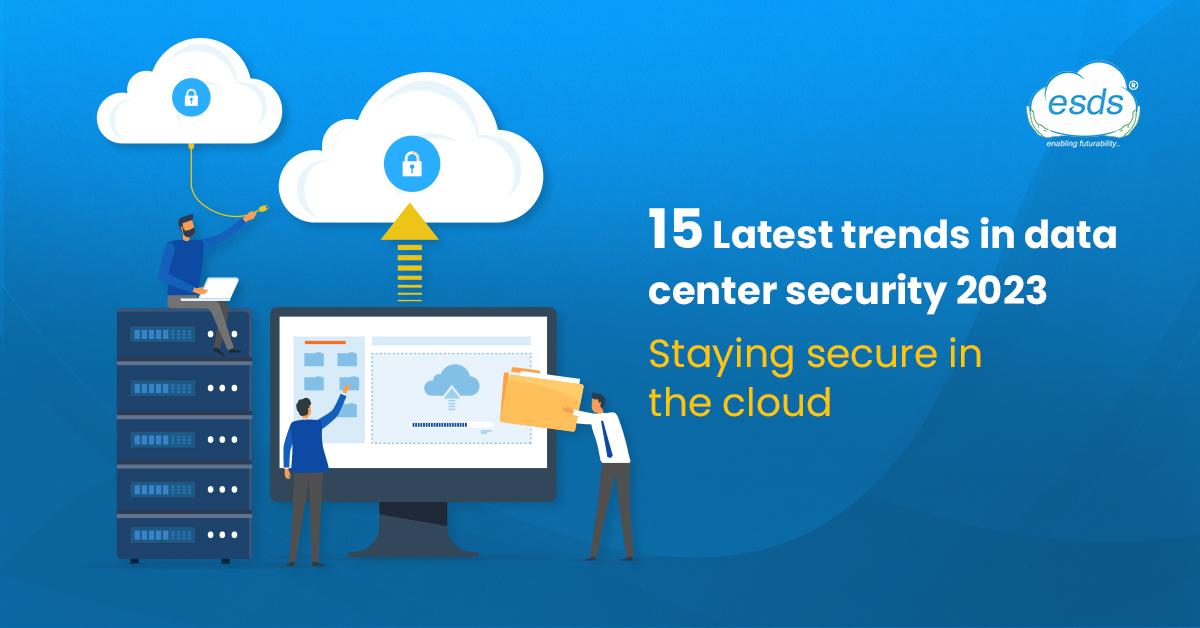
What would you better prefer? Waiting until it’s too late and spending on a data breach or instead on cloud data security?
Data insecurity shouldn’t be your downfall – protect it.
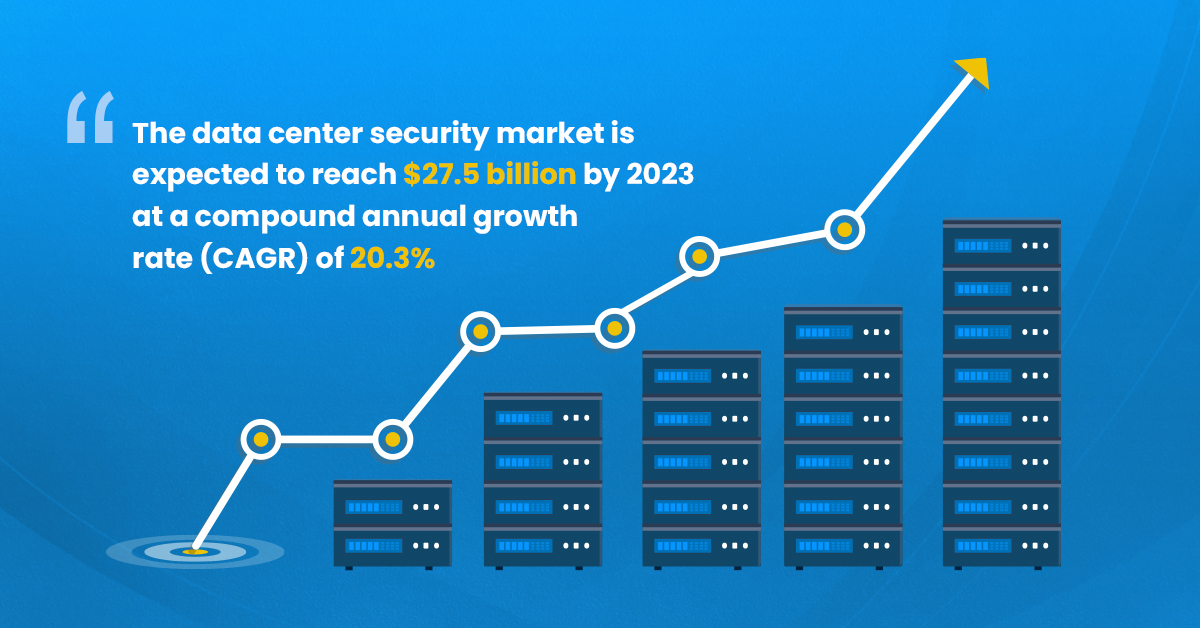
Talking about the Datacenter security market, the stats say, “The data center security market was valued at $11.1 billion in 2018 and is expected to reach $27.5 billion by 2023 at a compound annual growth rate (CAGR) of 20.3% during the forecast period.”
According to these projections, the data center security market is expanding rapidly and is anticipated to expand further in the forthcoming years. In addition, the increased usage of cloud computing and virtualization, as well as growing concern about data security and regulatory compliance, are projected to propel the data center security industry forward.
The data center security market is constantly evolving to keep pace with the changing threat landscape and the increasing adoption of cloud computing and virtualization. Here are the 15 latest trends in the data center security market:
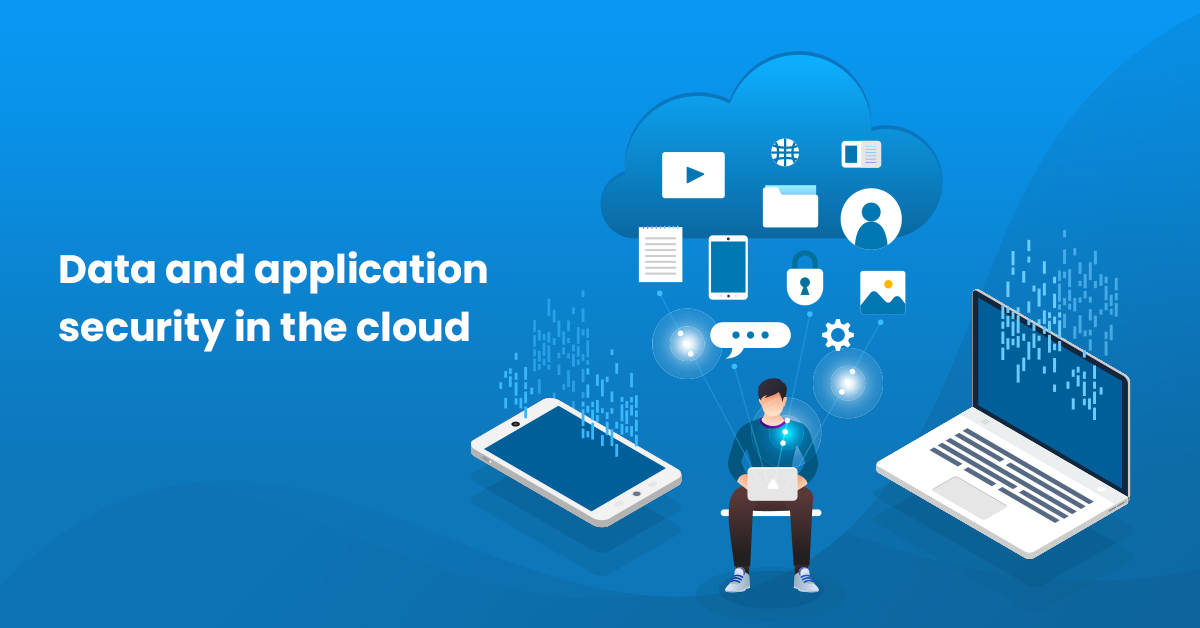
- Cloud security: With the increasing adoption of cloud computing, organizations are looking for ways to secure their data and applications in the cloud. This has led to the rise of cloud security solutions for cloud-based data centers. Cloud security is essential for any organization that uses cloud computing services to store, process, and manage data and applications.
- Virtualization security: Virtualization security is securing virtualized environments, including virtual machines and the hypervisor, against cyber threats. Virtualization has become increasingly popular in data centers as it allows organizations to run multiple virtual servers on a single physical server, thereby increasing efficiency and reducing costs. However, virtualization also introduces new security challenges, such as the need to secure virtual machines and the hypervisor. As a result, there is a growing demand for virtualization security solutions.
- Data center network security: Data center networks are vulnerable to various threats, such as malware, ransomware, and Denial of Service (DoS) attacks. Organizations are adopting network security solutions such as firewalls, intrusion prevention systems, and network access control systems to address these threats.
- Datacenter access control: Ensuring secure access to data centers is crucial to protecting sensitive data and systems. Datacenter access control solutions include biometric authentication, smart cards, and other identity and access management systems.
- Security analytics: As data centers generate vast amounts of data, there is a growing need for security analytics solutions to analyze this data in real time to identify threats and anomalies. These solutions use machine learning and artificial intelligence (AI) to analyze data from multiple sources, such as network traffic, user activity, and security logs.
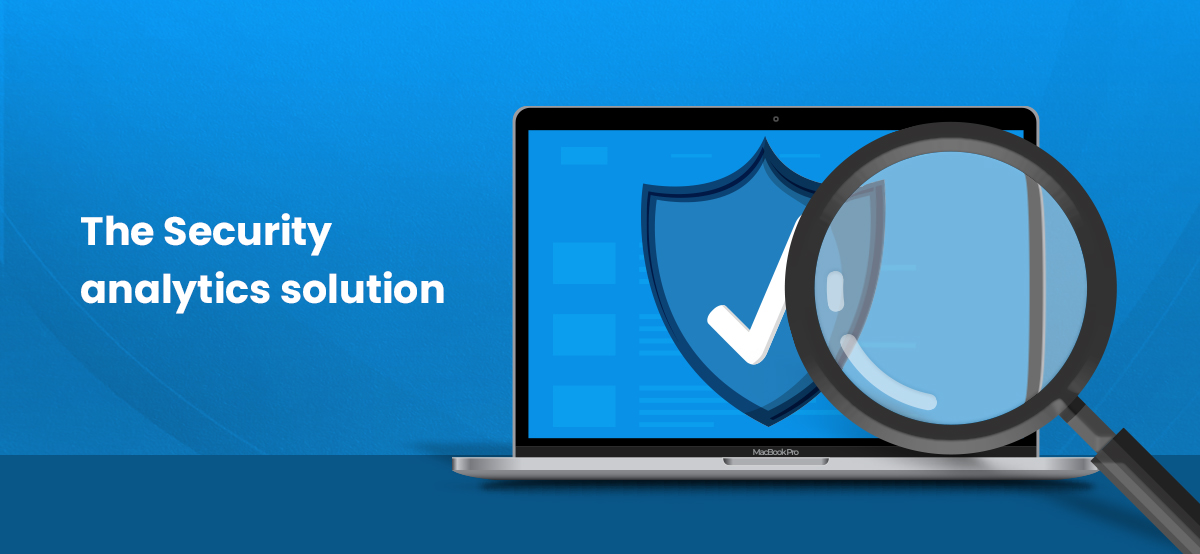
- Compliance: Data center security is also driven by regulatory compliance requirements such as the Payment Card Industry Data Security Standard (PCI DSS) and the Health Insurance Portability and Accountability Act (HIPAA). Organizations must implement security measures to ensure compliance with these regulations.
- Internet of Things (IoT) security: The proliferation of connected devices in data centers has introduced new security challenges. Internet of Things (IoT) security is protecting connected devices and the networks they are connected to from cyber threats. These devices, such as sensors, smart thermostats, and security cameras, are vulnerable to cyber threats such as malware, ransomware, and Denial of Service (DoS) attacks. Hackers can exploit vulnerabilities in these devices to gain access to sensitive data or launch attacks on the networks that are connected and can be used to launch attacks on the data center. As a result, there is a growing demand for IoT security solutions.
- Hybrid cloud security: As organizations adopt a hybrid cloud model, which combines on-premises data centers with public cloud infrastructure, they face the challenge of securing data and applications across multiple environments. Hybrid cloud security solutions are designed to address this challenge by providing security for data and applications in both on-premises and cloud environments.
- Container security: Containers have become popular in data centers as they allow organizations to package applications and their dependencies into a single unit that can be easily deployed and run on any infrastructure. However, containers also introduce new security challenges, such as securing the container image and runtime environment. Container security solutions address these challenges by providing security for containerized applications.
- Edge computing security: Edge computing involves bringing compute and storage resources closer to the data source, such as IoT devices, to reduce latency and improve performance. As edge computing becomes more prevalent in data centers, there is a need for security solutions that can protect data and systems at the edge.
- Cyber insurance: As the threat of cyber attacks continues to rise, more organizations are expected to purchase cyber insurance to protect themselves against the financial consequences of a breach.
- Security as a service: The trend towards outsourcing security is expected to continue as organizations seek to offload the complexity and cost of security to specialized service providers.
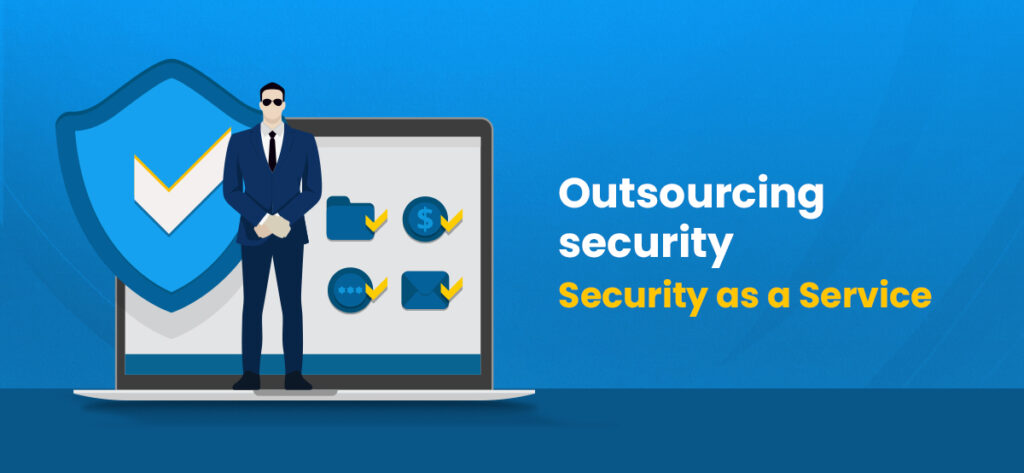
- Zero-trust security: The traditional perimeter-based security model is no longer sufficient in today’s interconnected world. Instead, organizations are adopting a zero-trust security model, which assumes that all users and devices are untrusted and requires them to authenticate and authorize access to resources.
- Multi-factor authentication: As cyber threats become more sophisticated, single-factor authentication methods like passwords are no longer sufficient. Instead, organizations are adopting multi-factor authentication, which requires multiple ways to verify the identity of users.
- Artificial intelligence (AI) and machine learning: AI and machine learning are expected to play a more significant role in data center security. They can analyze vast amounts of data in real time and identify threats and anomalies. AI-based security solutions can also learn from past attacks and adjust their defenses accordingly.
In conclusion, data center security is critical for organizations as they seek to protect their sensitive data and systems. In addition, the data center security market is evolving to address the changing threat landscape and the adoption of new technologies such as cloud computing, virtualization, and IoT.
Do not wait until it is too late – start strengthening your data center security today and stay ahead of the curve in the rapidly evolving world of data security.
- Decoding Generative AI: A Comprehensive Guide to Gartner’s Impact Radar - January 2, 2024
- 5 Best Practices for Cloud Security in 2024 - December 29, 2023
- 10 Best Machine Learning Ops Strategies for Cloud Environments in 2024 - December 29, 2023
